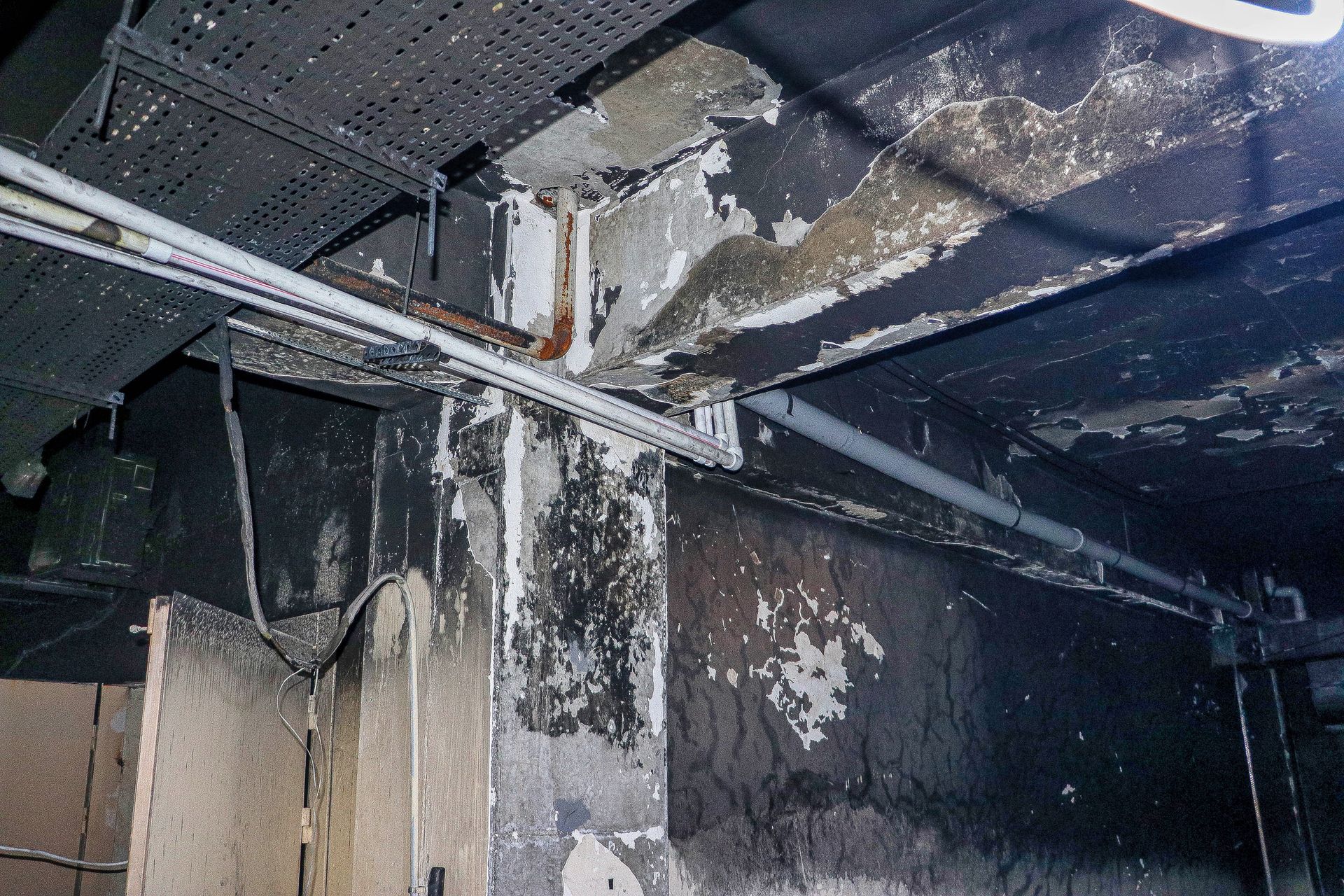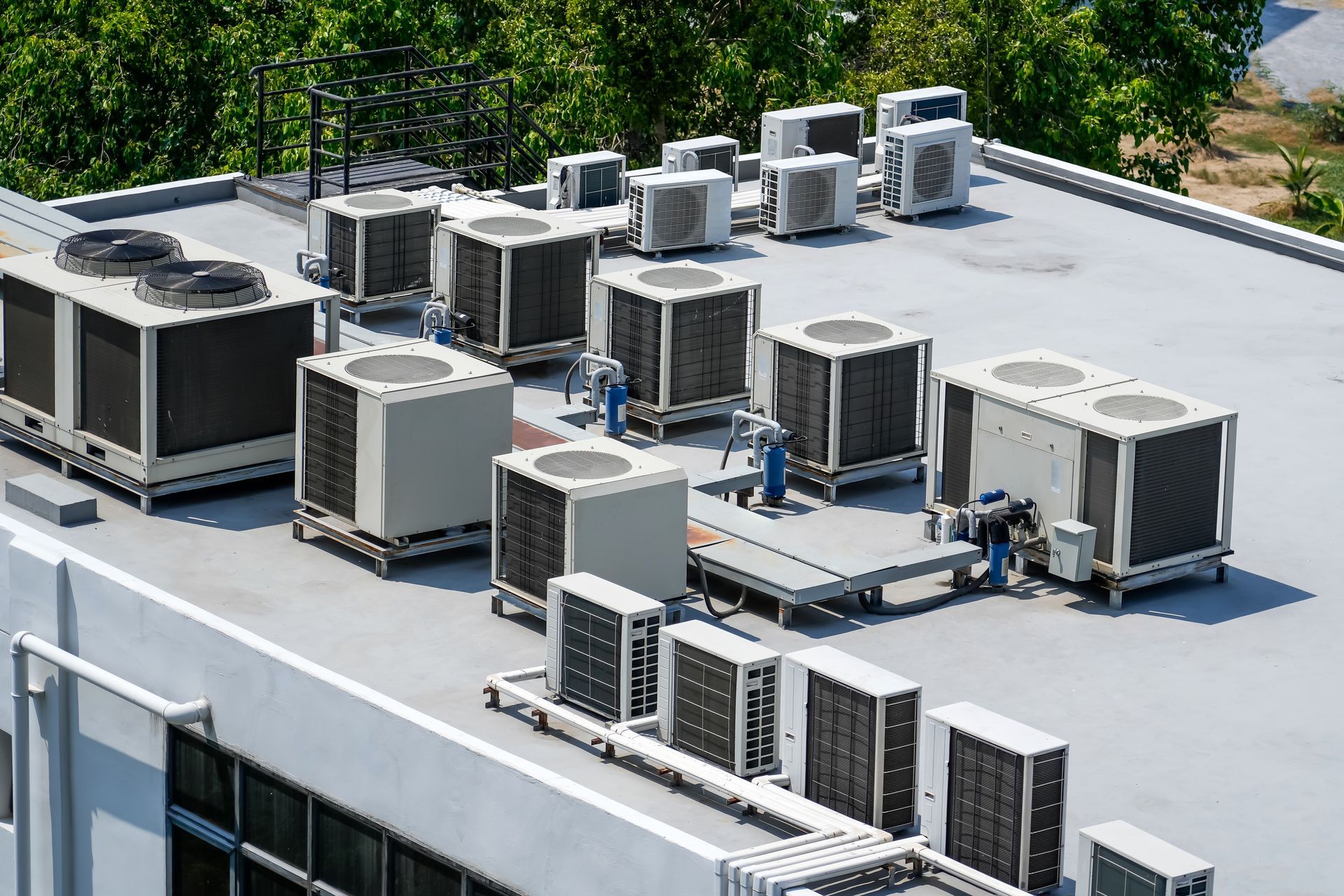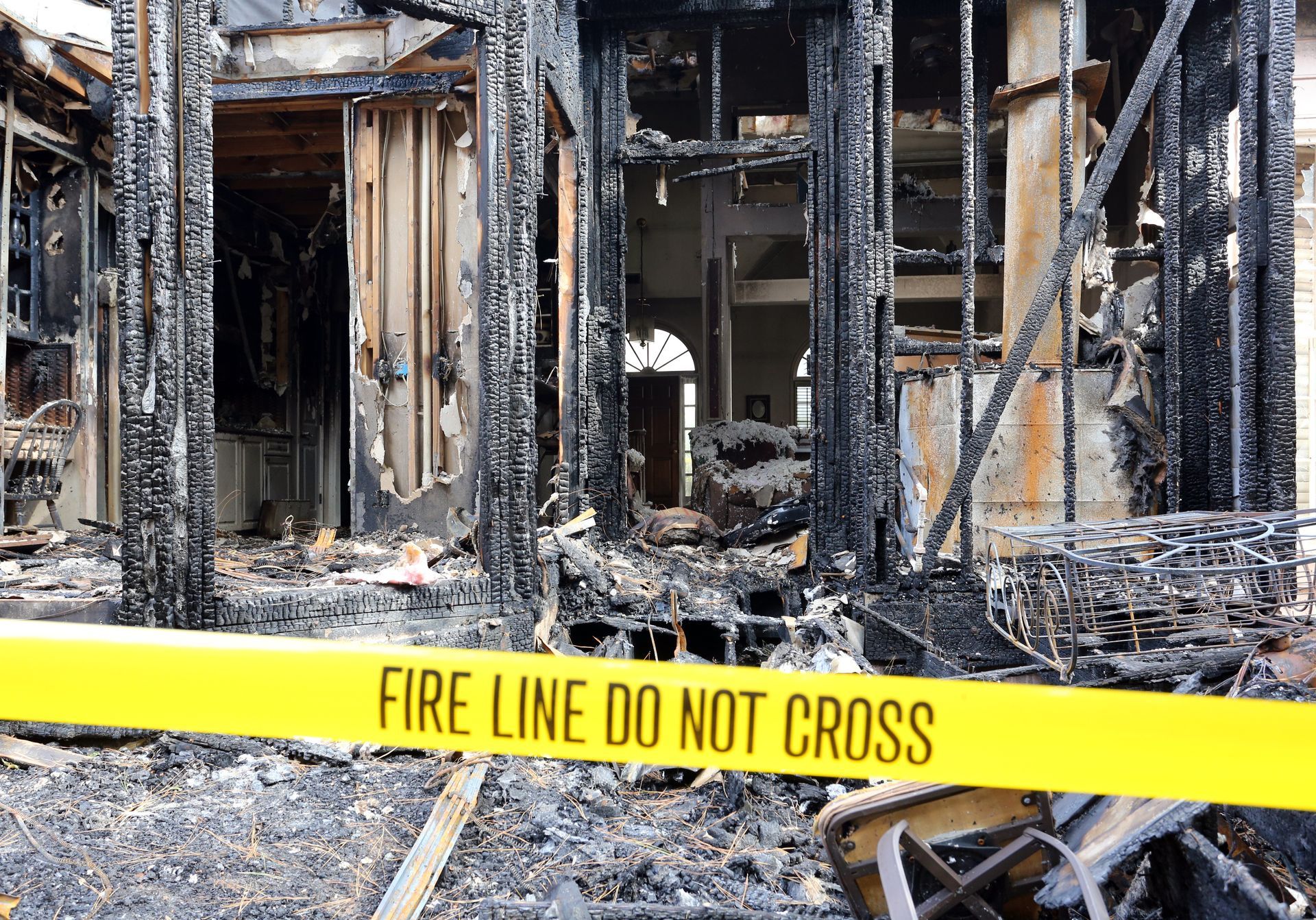Fire Damage Repair Companies: Understanding the 6 Classes of Fire Damage
When it comes to fire damage restoration, understanding the different classes of fire damage is crucial. Each class represents distinct types of fires, requiring specialized restoration methods to effectively mitigate the damage.
Class A Fire Damage
Class A fires originate from flammable solids such as wood, paper, and plastic. These fires typically leave behind charred materials and residue. Restoration methods for Class A fire damage often involve debris removal, surface cleaning, and structural repairs to restore the affected areas to their pre-loss condition.
Class B Fire Damage
Class B fires start from flammable liquids or solids that become liquified, including gasoline, cooking oil, wax, and paint. These fires can spread rapidly and produce intense heat. Restoration of Class B fire damage may involve specialized cleaning techniques, odor removal, and structural drying to eliminate residues and prevent further damage.
Class C Fire Damage
Class C fires are fueled by flammable gases such as hydrogen, butane, and propane. These fires pose unique challenges due to the volatility of the gases involved. Restoration professionals may need to implement ventilation strategies and gas detection systems to safely address Class C fire damage.
Class D Fire Damage
Class D fires arise from combustible metals such as sodium, potassium, and magnesium. These fires can be extremely hot and difficult to extinguish using traditional methods. Restoration of Class D fire damage requires specialized equipment and techniques to safely handle the unique hazards associated with metal fires.
Class E Fire Damage
Class E fires involve a combination of Class A and Class B factors along with some electrical element. These fires often occur in electrical equipment or wiring. Restoration methods for Class E fire damage may include electrical testing, equipment replacement, and structural repairs to address fire and water damage.
Class F Fire Damage
Class F fires originate from cooking oil and fats and burn hotter than Class B fires. These fires can cause extensive damage to kitchen appliances and surrounding structures. Restoration of Class F fire damage may involve grease removal, deep cleaning of surfaces, and repairs to kitchen equipment.
Each class of fire damage presents unique challenges and requires specialized restoration methods. By understanding the characteristics of each class and implementing appropriate restoration techniques, restoration professionals can effectively mitigate the damage and restore properties to their pre-loss condition. The experts at GRS use this information, knowledge, and experience to create the best possible to restore properties after fire damage.

All Rights Reserved | Guarantee Resoration Services





